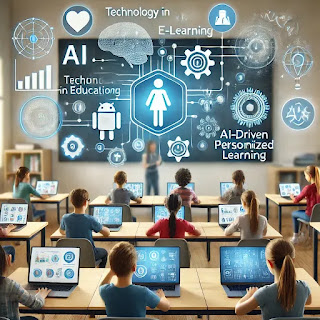How To Become Great Software Developer

Introduction Becoming proficient, in software development involves more than being adept at coding; it entails a commitment to advancement and growth through exploring new technologies and honing problem solving skills effectively. These key steps are crucial, in aiding developers in evolving into programmers with time and experience. Master The Fundamentals Skilled developers possess a grasp of principles, like data structures and algorithms along with object oriented programming knowledge to create effective and adaptable code, for handling intricate tasks. Practice Keep at it. Keep practicing to improve your skills over time! It's important to code to enhance your skills and experience, in programming tasks and projects on platforms such, as LeetCode and HackerRank well as contributing to GitHub by working on open source projects. Keep learning The tech industry is always. Its crucial to stay updated on the programming languages and tools available out there! Make sure to par...








